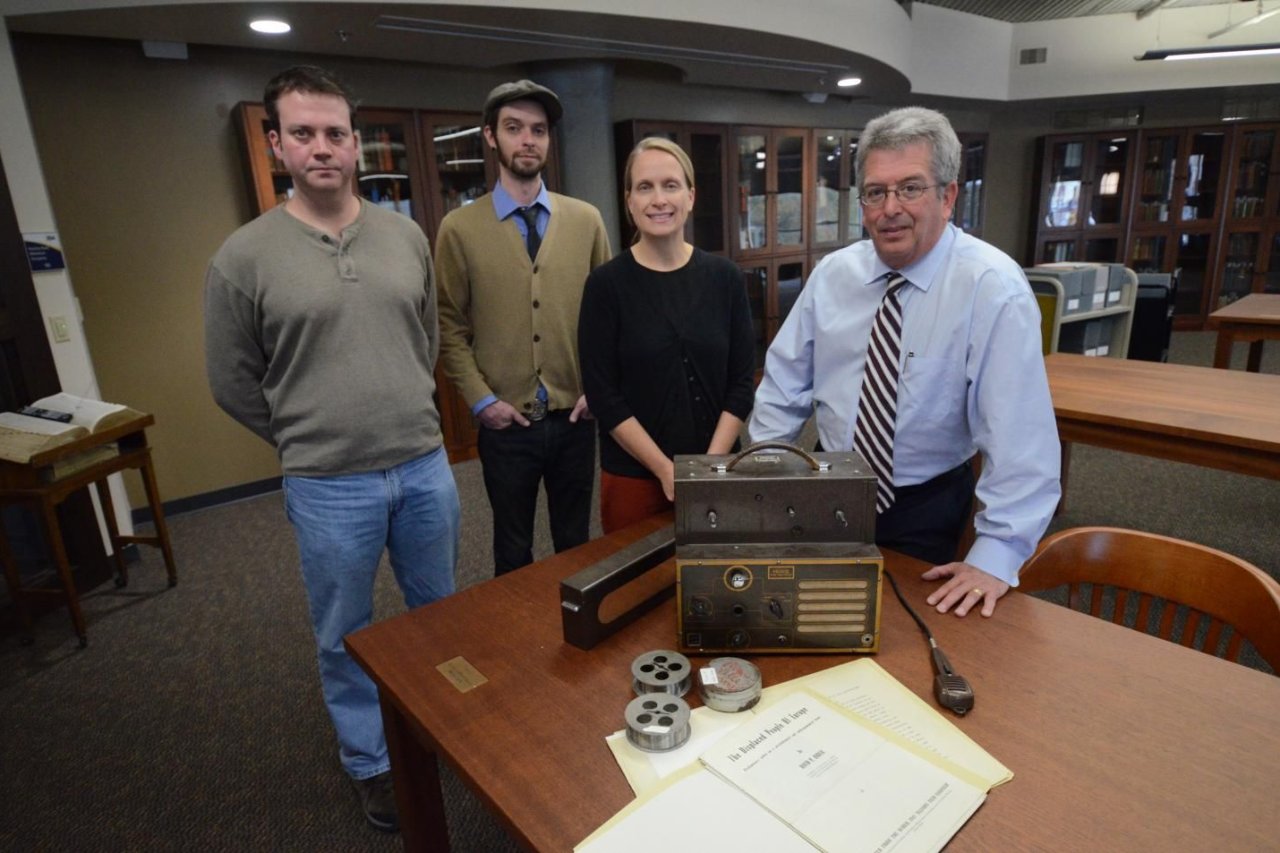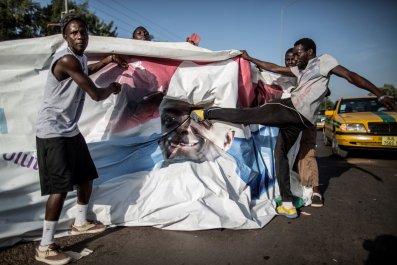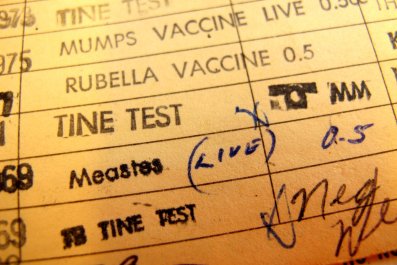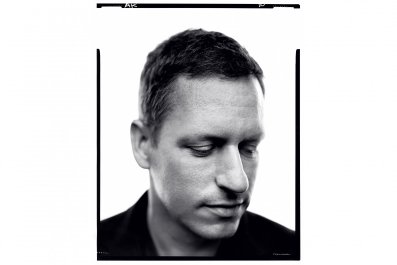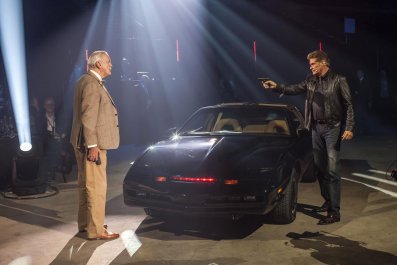The history of music is rich with sounds spurred by suffering. During the Holocaust, songs of defiance and belief helped captive Jews confront and temporarily alleviate their misery. Now, a long-lost recording from 1946 is providing a poignant new soundtrack for understanding life in the Nazi concentration camps and Jewish ghettos.
Just after World War II, David Boder, a Latvian-born trauma psychologist at the Illinois Institute of Technology, traveled to Europe to record interviews with Holocaust survivors. Boder, who was Jewish, wanted to understand the mindset of people who'd lived through the ordeal. To begin interviews, he would often ask people to sing. "That was one of his methodologies," says Bret Werb, musicologist at the U.S. Holocaust Memorial Museum, "just to loosen people up." And so they would sing songs carried them through their time behind barbed wire. Boder's interviews were preserved after his death in 1961, leaving the world with an unintended treasure trove of Holocaust music.
In 1967, a portion of Boder's archives were gifted to the Cummings Center for the History of Psychology at the University of Akron, in Ohio. Among the materials was a box of about 48 wire spools—those recordings of interviews with Holocaust survivors. The problem was that no one could play them. The wire recorders that Boder had used were obsolete and none of the wire recorders in the Cummings Center collection were compatible with his spools.
After David Baker arrived at the Cummings Center as executive director in 1999, he began inquiring about finding a way to play them. "We ran into a lot of dead ends," he says. Then, about three years ago, some audio specialists at the Center decided to take on the task. They bought a nonfunctional wire recorder on eBay and used the chassis, which holds the wire reels, as a foundation for a new machine they built. James Newhall, senior multimedia producer at the University of Akron, replaced the original AC motor with a DC motor and the vacuum tube amplifiers with an integrated circuit amplifier.
Newhall says the biggest challenge in making the recorder was getting rid of a background hum. Several attempts failed to stop it. Finally, he turned to a friend, an electrical engineer, who suggested he try using MuMetal, an alloy that shields magnetics. Sandwiching three layers of the alloy between the head and the motor did the trick.
Jon Endres, a media specialist at the Cummings Center, was the first to hear the singing. He was editing a video while converting a wire spool into digital recordings, a task that had become rote for him in the two months following Newhall's successful creation of the new device. At first he thought that day's spool was empty because the first 10 minutes were blank. Then he heard singing, followed by Boder's voice announcing the location—a refugee camp in Henonville, France—and his subject, survivors and partisans who had fought against the Nazis. Before speaking about her experience, a woman sings songs that helped her get through it. "It definitely gives you chills up your spine" says Endres. He wrote about the technical side of unearthing Boder's recordings here.
For Baker, hearing the recording for the first time was exceptionally moving. "There was a Holocaust survivor, after 70 years, singing to us," he says. "Obviously we had a lot of questions."
Some of Baker's questions were soon answered. The singer was Guta Frank, and Werb knew her history. Frank was a Polish Jew who fled from one ghetto to another with her family for four years. Parents and siblings were killed along the way, and she and her sister finally ended up at a forced labor munitions camp outside Czestochowa, Poland. Her sister left behind a memoir, which can be read online.
Werb also provided Baker with a translation of the songs Frank sang to Boder. One, called, " Our Town is Burning," is a well-known song often performed at Holocaust commemorations. Written shortly before the war broke out, the song calls out the complacency of bystanders watching a town burn and doing nothing to help.
But Frank's version was different from the standard rendition of that song. She sang: "The Jewish people are burning." On the recording, Frank tells Boder that the composer's daughter sang the song in the basements of the Krakow ghetto to inspire people to rebel against the Germans.
A second song sung by Frank was the official song of the labor camp where she was held. Camp commanders encouraged the inmates to sing such songs on their way to work. "They liked it," says Werb. The lyrics were long known, but the melody had never been heard before. "It's sung by someone who must have been there," says Werb.
Baker is now hoping to create a repository for all of Boder's work and the Cummings Center is continuing to work through the recordings. One of Endres's favorites so far is Boder giving a speech entitled "No Land, No Sand." In the talk, given shortly after World War II, he raises questions about how best to serve displaced persons, wondering if they should resettle in the U.S. or Europe. Endres was struck by how closely Boder's speech from 70 years ago reflected current events. "Some things never change," says Endres.
The two recordings from Guta Frank are below.



